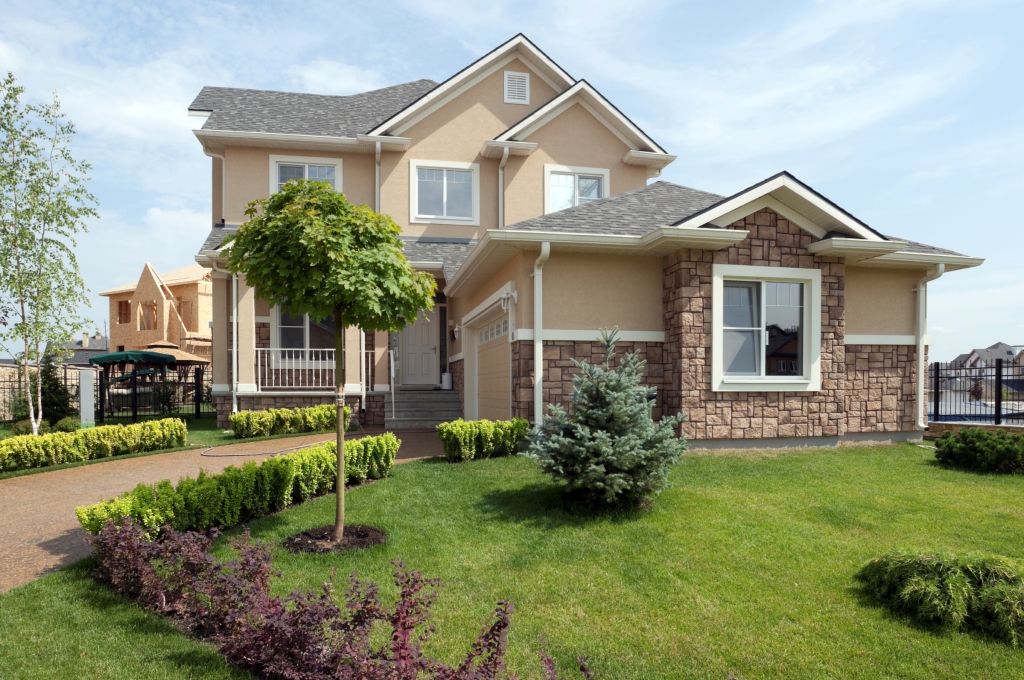925-855-3250
Question about what mortgage lenders can approve? Contact our loan agent in San Ramon.

What is an Adjustable Rate Mortgage?
An adjustable rate mortgage is pretty much what it sounds like – a home loan with an interest rate that can adjust periodically. A fluctuating interest rate means your monthly payments can go up or down, which makes it difficult to predict what your payments will be in the future. Today, when you take out an ARM, it is not a purely adjustable rate but a sort of hybrid ARM. That means, it starts out with an initial fixed-rate period and then changes into a pure adjustable rate. The most popular adjustable rate mortgage is the 5/1 ARM, which means:
The first 5 years are at a fixed interest rate. (That’s the “5” in 5/1.)
After that, the interest rate can change every year. (That’s the “1” in 5/1.)
Lenders also offer 3/1 ARMs, 7/1 ARMs, and 10/1 ARMs. Picking the right ARM depends on how long you plan to stay in the home you are buying and your financial situation.
As with anything, the more informed you are about a topic the more you understand the ins and outs on that subject and the better decision you will make. This could not be any truer than with an adjustable rate mortgage. The most important aspects of an ARM you need to understand is index, margin, and caps.
What is an index?
After the fixed-rate period of your loan is over, your interest rate adjusts based on the index the lender uses. There are several indexes used with the most common ones being Constant Maturity Treasury, 11th District Cost of Funds Index (COFI), and the London Interbank Offered Rate, or LIBOR. The value of these indexes change from month to month and can be found in the financial pages of most newspapers or online.
What is a margin?
Lenders add a margin, which is a fixed percentage rate, on to the index. The margin is set at the start of your loan, and it never changes. You will need to know what the margin is to determine whether you can handle the payments when your loan adjusts. For example, say your index is LIBOR, which has a value of .86 on the day your loan adjusts. You have a margin of 2.25. Your new interest rate is going to be 3.11 percent and you will be jumping for joy if your loan had started at 3.625 percent.
What are caps?
To keep your ARM from shooting out into the stratosphere, financial institutions put caps into place: the initial cap, the annual cap, and the life cap. The caps on your loan will be displayed like this 2/2/6, for example. Using this example, the first number (initial cap) is the maximum the interest rate can go up on the first adjustment. So, if you started at 3.25 percent, the max it would go up to would be 5.25 percent. The second number (annual cap) is the cap for every subsequent adjustment the rate can increase by above the rate during the previous period. Let’s say your rate adjusted to 3.75 percent from 3.25 percent during the first adjustment. When your ARM adjusts in the next year, it is capped at 5.75 percent. The third number (life cap) in our example, 6, means the rate can never go higher than 6 points above the start rate. So if your starting rate was 3.25 percent, your rate will never go any higher than 9.25 percent.
How often can your loan adjust?
To know this, you need to look at the type of ARM loan you have on your house. If, for example, you took out a 5/1 ARM, that would mean your loan will be fixed for 5 years and would adjust every year thereafter. If you took out a 5/6 ARM, your loan would be fixed for 5 years but adjust every 6 months.
The most obvious benefit of taking out an ARM rather than a fixed-interest rate loan is the lower starting interest rate. Looking at rates as of the writing of this article, a 30-year fixed mortgage rate was 3.45 percent and a 5/1 ARM was 3.13 percent. If you are not planning to live in this house for longer than 5 years, taking out an ARM will save you money with lower monthly payments. You can get ARMs in 5, 7 or 10 year increments so if your plan is to sell your house within that time frame, an ARM is the better way to go. If you are planning on staying in the house until you die, taking out a fixed-interest rate loan is the better choice.

